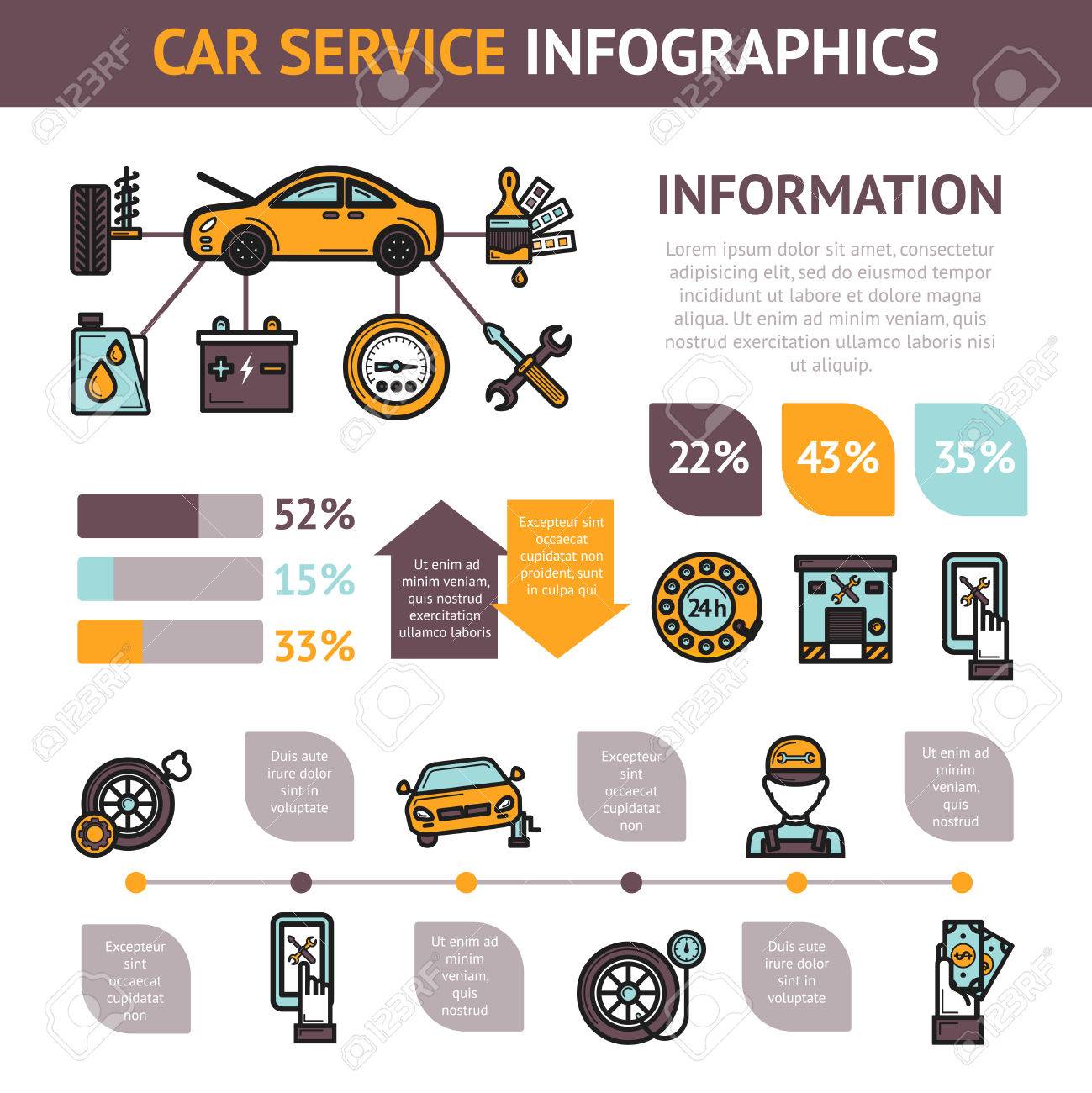Deciphering Your Automobile'S Caution Indicators: What They Really Represent
Deciphering Your Automobile'S Caution Indicators: What They Really Represent
Blog Article
Material Author-Faulkner Alvarado
When you're behind the wheel, those radiant caution lights on your dashboard can be a little bit puzzling. Do you recognize what they're attempting to tell you regarding your auto's wellness? Recognizing https://brake-fluid-price07284.ziblogs.com/32197471/mobile-car-outlining-ease-meets-top-quality-for-your-vehicle of these lights is crucial for your safety and the long life of your lorry. So, the following time among those lights pops up, wouldn't you wish to analyze its message properly and take the required actions to resolve it?
Common Warning Lighting and Interpretations
Recognize usual warning lights in your vehicle and comprehend their definitions to make sure risk-free driving.
One of the most typical caution lights consist of the check engine light, which indicates concerns with the engine or exhausts system. If this light comes on, it's essential to have your automobile checked without delay.
The oil pressure warning light shows low oil stress, needing prompt focus to prevent engine damage.
A blinking battery light might suggest a faulty billing system, possibly leaving you stranded otherwise resolved.
The tire pressure tracking system (TPMS) light signals you to reduced tire pressure, affecting lorry security and fuel effectiveness. Ignoring https://brake-repair-near-me17394.theisblog.com/32321403/astonishingly-practical-mobile-auto-describing-services-not-only-conserve-you-money-and-time-but-also-improve-your-lorry-s-long-life-discover-just-how-they-can-change-your-regular might cause hazardous driving problems.
The abdominal light shows an issue with the anti-lock braking system, compromising your ability to stop quickly in emergency situations.
Finally, the coolant temperature level alerting light warns of engine overheating, which can lead to severe damages otherwise solved quickly.
Understanding these typical warning lights will aid you attend to problems quickly and preserve risk-free driving problems.
Importance of Prompt Attention
Comprehending the typical caution lights in your vehicle is only the first step; the importance of promptly attending to these cautions can not be emphasized sufficient to ensure your security on the road.
When a caution light illuminates on your control panel, it's your vehicle's means of communicating a potential concern that needs focus. Overlooking these cautions can result in much more serious issues in the future, endangering your security and potentially costing you more in repairs.
Motivate attention to alerting lights can prevent breakdowns and mishaps. For instance, a flashing check engine light can indicate a misfire that, if left ignored, might trigger damage to the catalytic converter. Resolving this quickly can save you from a costly repair work.
Similarly, a brake system advising light might signify reduced brake fluid or worn brake pads, critical parts for your safety when driving.
Do It Yourself Troubleshooting Tips
If you discover a caution light on your control panel, there are a few DIY troubleshooting ideas you can attempt before looking for expert help.
The initial step is to consult your cars and truck's guidebook to recognize what the particular caution light indicates. Sometimes the concern can be as straightforward as a loose gas cap activating the check engine light. Tightening the gas cap may resolve the problem.
One more usual concern is a low battery, which can cause numerous warning lights. Inspecting the battery connections for deterioration and guaranteeing they're safe could deal with the issue.
If a warning light persists, you can attempt resetting it by separating the vehicle's battery for a couple of minutes and after that reconnecting it. In addition, examining your car's liquid degrees, such as oil, coolant, and brake fluid, can aid troubleshoot cautioning lights related to these systems.
click here for info
To conclude, recognizing your car's caution lights is necessary for maintaining your automobile running smoothly and safely. By promptly addressing these signals and knowing what they mean, you can avoid costly repair services and potential breakdowns.
Bear in mind to consult your car's guidebook for certain information on each alerting light and take action appropriately to guarantee a trouble-free driving experience.
Remain informed, remain safe when driving!
